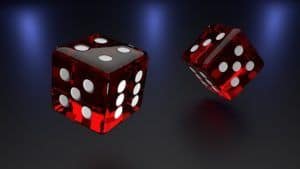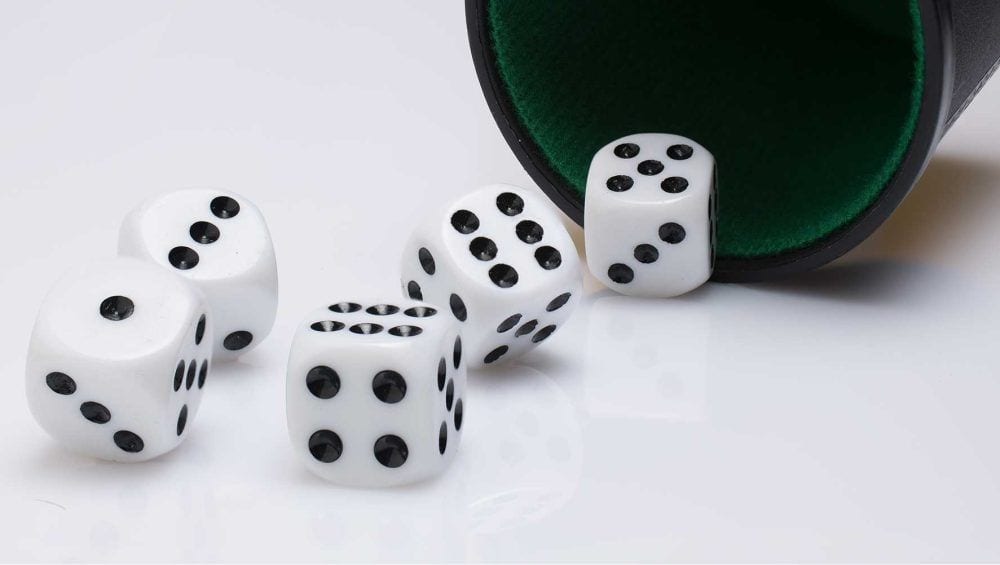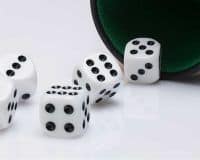
4 Things You Didn’t Know About the History of Dice
The thrill of a game of chance is just as powerful today as it was thousands of years ago. Whether it’s through gambling, board games, or tabletop role-playing games, just about everyone enjoys games where a little bit of luck is involved. The most popular way to create chance is by using dice, though the number and types of dice vary from game to game.
Despite the prevalence of dice in present-day society, most of us don’t know the origins of this gambling device. Let’s take a look at four incredible facts about the history of dice to give you a better idea of how we got to where we are today:

1. Dice predate recorded history
Up to this point, it’s been impossible to accurately pinpoint the origin of dice in human history. Although the oldest known dice were found at an archaeological site in Iran dating to 2800 BC, other excavations indicate that dice originated in South Asia. Despite these discoveries, it is more likely that dice appeared independently in a variety of different populated areas. This is interesting because many tools or inventions tend to have one point of origin.
It truly seems as though humans have always had an inclination to create games of chance, and this custom has changed hardly at all throughout history.
2. Knucklebones were the precursors to dice
Dice these days are mostly made out of cellulose and other types of plastics, but plastic wasn’t always available. Precursors to modern dice were made from the bones of domesticated animals, like oxen and sheep. These knucklebones were mostly cube-shaped, though they had two rounded sides. The rounded sides could not be landed on, leaving four flat sides that were marked with values to use for games of chance. At the time, rolling bones was considered a game of skill, but the game was truly as much of a gamble then as it is today.
3. Gods and supernatural forces were believed to influence dice
It is believed that dice were adapted from the practice of casting or rolling bones for fortunetelling. Naturally, this led to gamblers believing that the casting of dice was subject to the will of the gods or some other supernatural force. Even today, gamblers might make a small prayer before casting dice in order to help improve their chances.
The belief that a god’s will could impact how dice fell was prominent until the 16th century, when these games were finally analyzed mathematically. Galileo and other Italian mathematicians helped conceive the concepts of probability and randomness.
4. Loaded dice have been around just as long
One of the unfortunate aspects of games and competition is the impulse by some to try and rig the games in their favor. Every game and sport has had to deal with cheating attempts – some of which are ingenious – and dice are no different. Loaded dice – meaning dice that have been tampered with for cheating purposes – have probably been around as long as dice in general. In fact, loaded dice were discovered at the ruins of Pompeii.
One of the earliest ways loaded dice were made was by growing trees around pebbles, and then carving the dice with the pebble inside. More modern ways of creating loaded dice involve mercury and wax, which can be moved inside the dice by simply tapping the dice a certain way or warming the dice in the palm of your hand.
Dice have always been and will always be a gambling and gaming necessity. We’ve come a long way since using knucklebones, but there are some things about dice that will never change. Whether you’re looking for polyhedral dice, Chessex dice, novelty dice, or anything else, Dice Emporium has over 1,000 varieties for you to choose from. Check out our selection, or contact us with any questions you might have!



